The speaker crossover is a component hidden within just about every loudspeaker. The only exceptions are full-range speakers and speakers that use software to separate frequencies. Crossovers are also sometimes also found within amplifiers or receivers, especially home cinema receivers where the subwoofer for bass playback is separate from the satellites. Aside from these specialized technologies, it’s generally true that every loudspeaker with more than one driver in its enclosure requires a crossover.
As its name suggests, a crossover is where the unfiltered audio signal is divided according to a predefined upper or lower threshold. The speaker crossover supplies each driver with the signal range it was designed to best reproduce. For example, crossovers ensure that tweeters only receive the highest frequencies, not any of the lower ones this driver was not designed to reproduce. This makes a crossover something akin to a loudspeaker’s central nervous system. Read on to learn more!
Feeding the right frequency band to the right driver
If we take a typical 3-way tower speaker as an example, the function of a speaker crossover can be clearly visualized. 3-way loudspeakers contain three different drivers in their enclosures: A bass woofer for the lowest frequencies, a midrange driver for those frequencies in the middle, and a tweeter for the highest range. Yet the loudspeaker as a whole receives a single, unfiltered audio signal. Since it would only strain a tweeter and create a distorted sound to send bass frequencies to it, and because a subwoofer will have no ability to reproduce treble tones, it makes sense to separate this signal as precisely as possible so that each driver only receives the signal it can best reproduce. A well-configured crossover is the key. The crossovers on some high-end loudspeakers can also be individually adjusted by means of high and low pass filters.
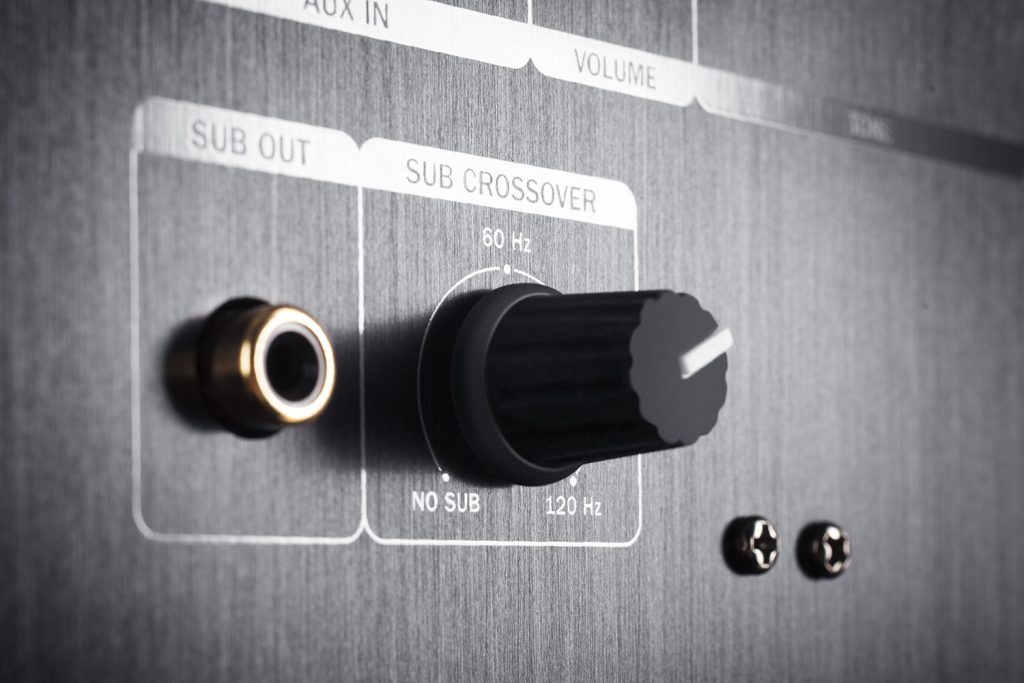
A high pass filter is an electronic filter that allows only the high frequencies to pass, but prevents all lower frequencies beneath a certain cutoff frequency from reaching a driver. Low pass filters perform the opposite function for bass and midbass drivers.
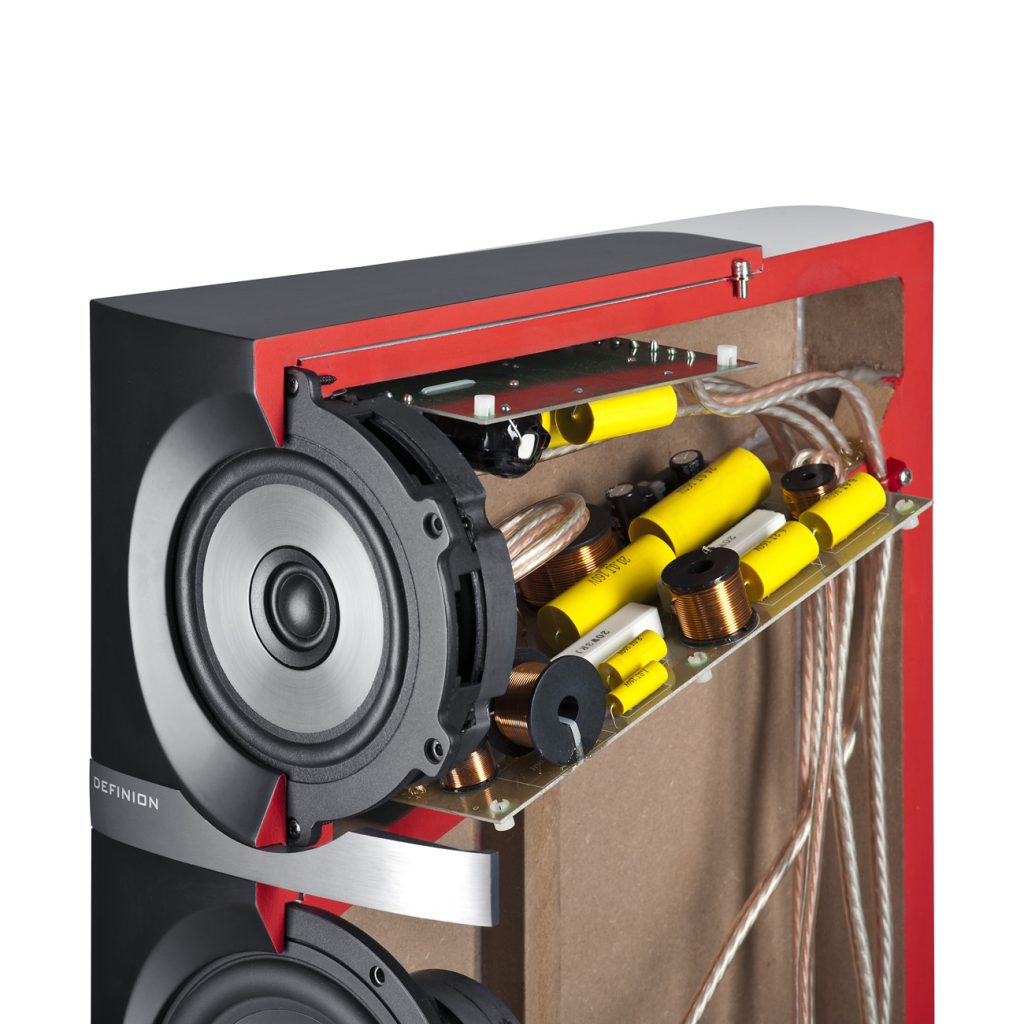
Both high and low pass filters can filter signals at different strengths. These are referred to as “orders.” Usually, only filters between the first and fourth order are used. A first order filter can block signals up to 6 dB and a fourth order filter can block signals all the way up to 24 dB per octave. All of this, however, goes on inside of the loudspeaker and cannot be observed. Watch the following instructional video to learn more about high and low pass filters:
Using Teufel Audio’s Ultima 40 Mk2Opens in new tab as an example, one can clearly recognize the loudspeaker’s 3-way construction which is helpful when trying to visualize how a crossover works. A total of 4 drivers – 1 tweeter, 1 midbass driver, and 2 bass drivers – carry out the task of sound reproduction which covers a range from 45 to 20,000 Hz. This nearly covers the entire human hearing range of 20 to 20,000 Hz. In order to do this, of course, the loudspeaker requires a crossover to send the frequencies to their respective drivers.
Note that the drivers are not arranged on this speaker from the highest to lowest frequency transducers as this is not required in order to produce an optimal sound. In order to recognize which driver performs which function, it is necessary to refer to the driver’s circumference. As a rule of thumb, the smaller the circumference, the higher the frequency. With the Ultima 40 Mk2, the tweeter was placed under the midbass driver as this will produce a more natural sound dispersion.
Crossovers optimize loudspeaker frequency response
In all loudspeakers, the crossover is essential for creating an accurate frequency response. Frequency response is generally shown as frequency amplitude measured in decibels. Depicted graphically, frequency response is usually shown as a line. This line should ideally have as few spikes as possible as these will not lead to a harmonious sound. After all, the human ear is capable of detecting differences as small as one decibel, especially in the midrange. People who are used to listening to music on high-end loudspeakers will be especially sensitive to these differences.
In reality, it’s impossible to achieve a perfectly linear frequency response, but loudspeakers deserving of the name “hi-fi” shouldn’t deviate from reference levels by more than three decibels. For this, a high-quality crossover is required. Many high-end loudspeaker manufacturers will configure their own crossovers to be sure that the desired effect is achieved.

Crossovers help avoid resonant frequencies
In addition to helping a loudspeaker create an optimal sound, crossovers prevent loudspeakers from reaching their so-called resonant frequenciesOpens in new tab. This refers to the frequency at which the enclosure surrounding one or more drivers is made to vibrate. Resonant frequencies can cause certain tones to be reproduced more loudly than the others and with distortion. The frequency of the sound that causes these vibrations can be eliminated by a speaker crossover.
Speakers from Teufel
Coda: The speaker crossover separates the audio signal for optimal playback
Crossovers are loudspeaker components you aren’t likely to ever see, yet they are as essentially to a good sound as the drivers and speaker enclosure. Configuring a speaker’s crossover so that each driver produces optimal playback yet ensuring that there are no frequency gaps and that the response is even and linear is one of the great challenges of speaker construction. In this way, proper crossover configuration is what separates average speakers from hi-fi systems.
All pictures: Property of Teufel Audio
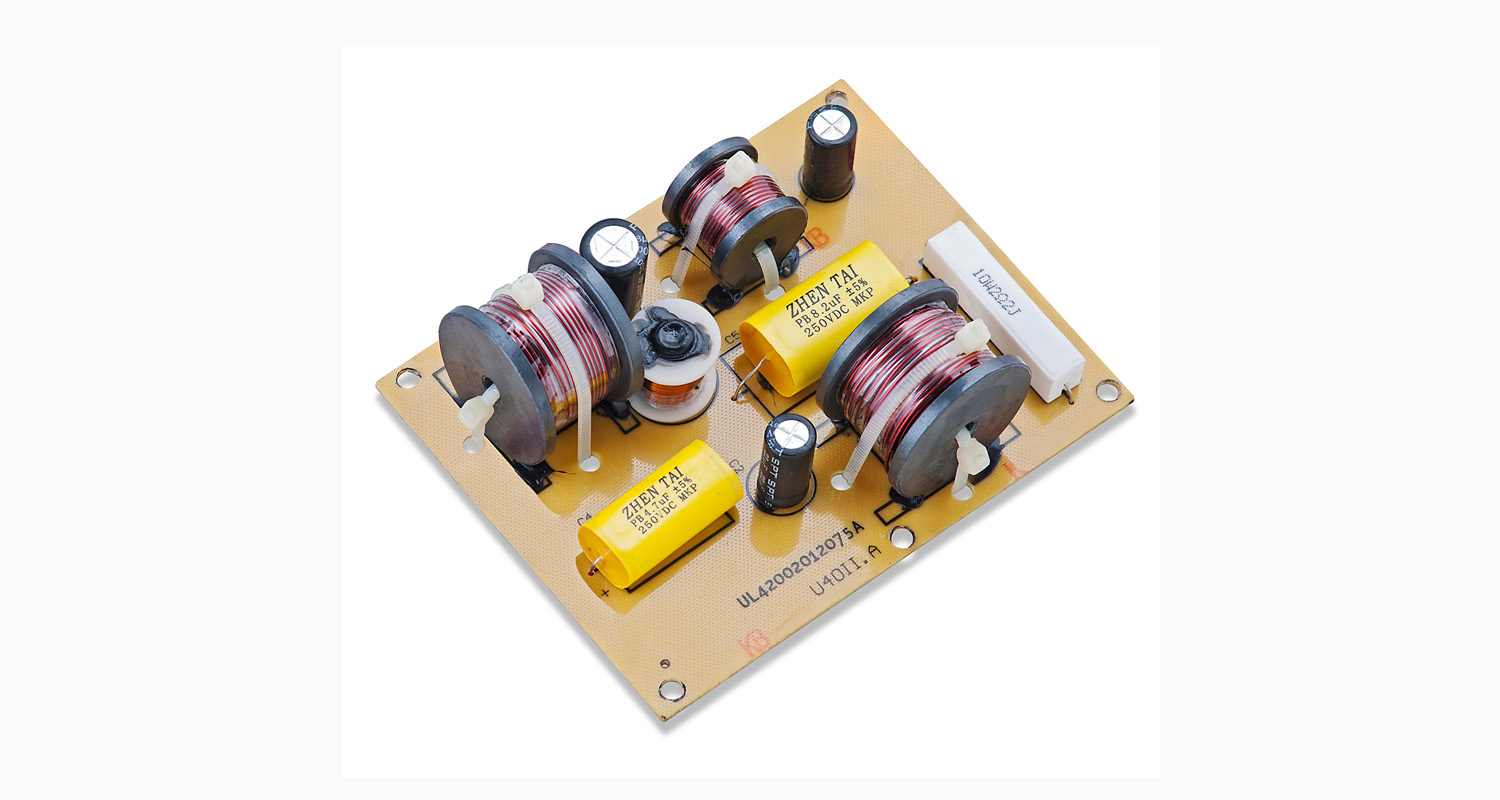

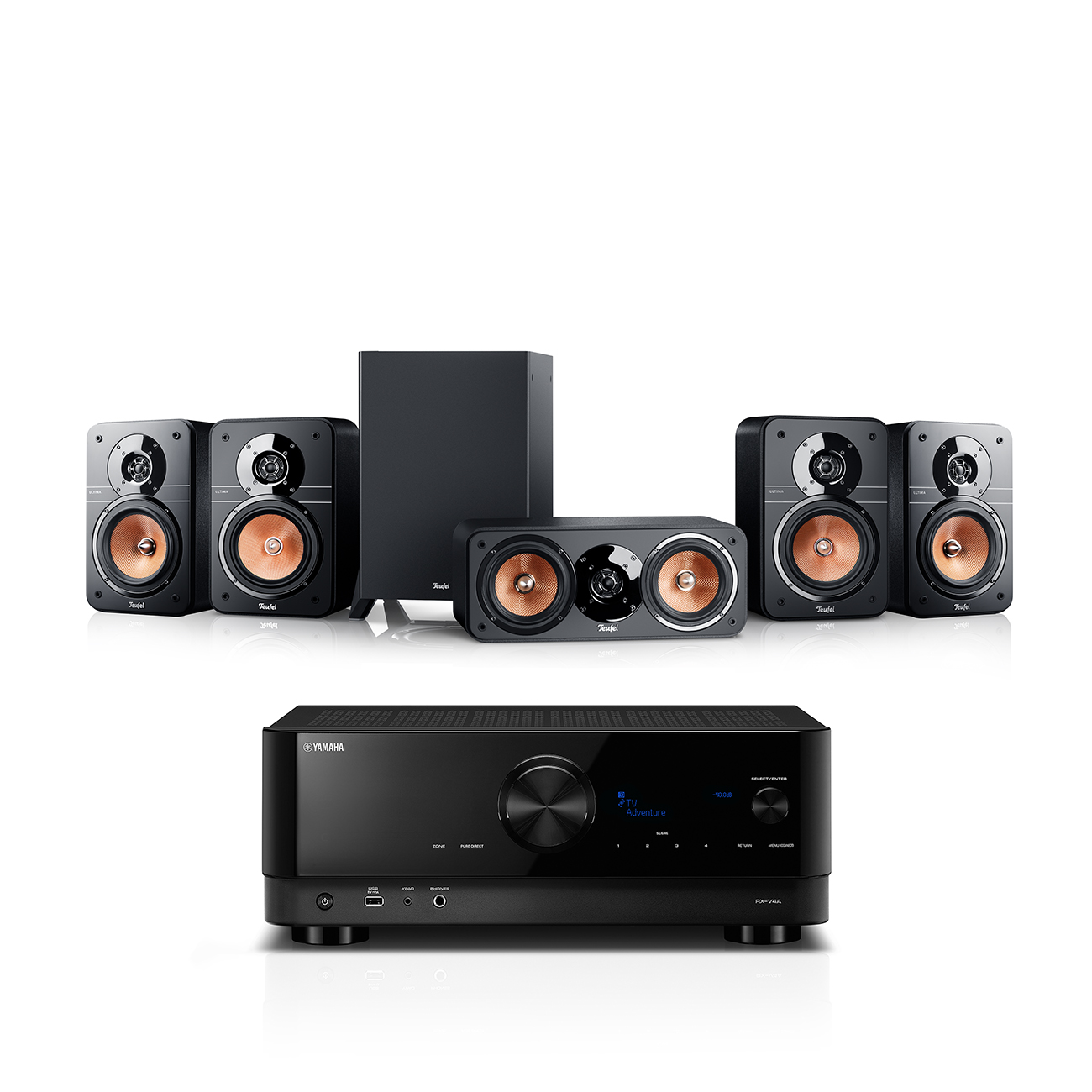
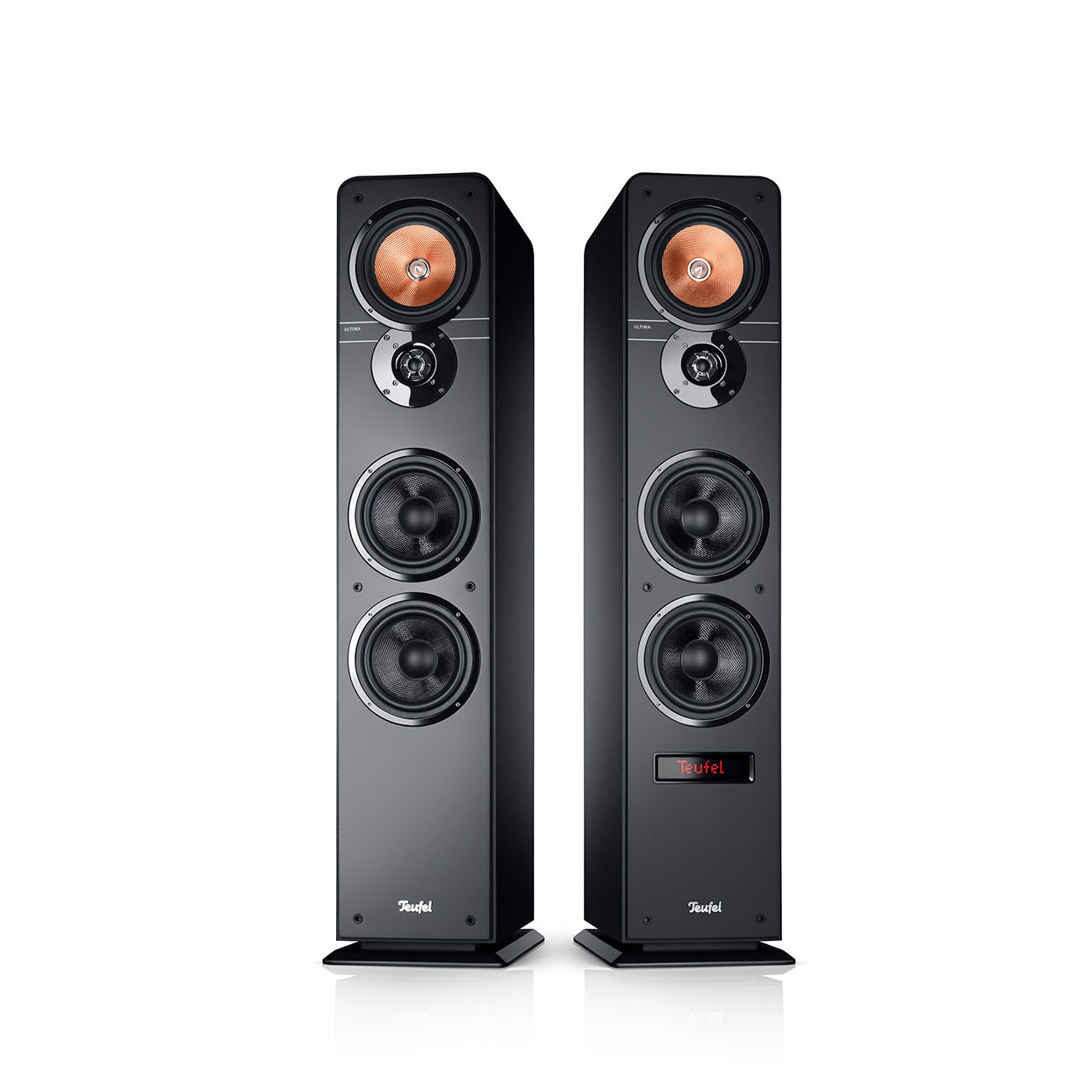
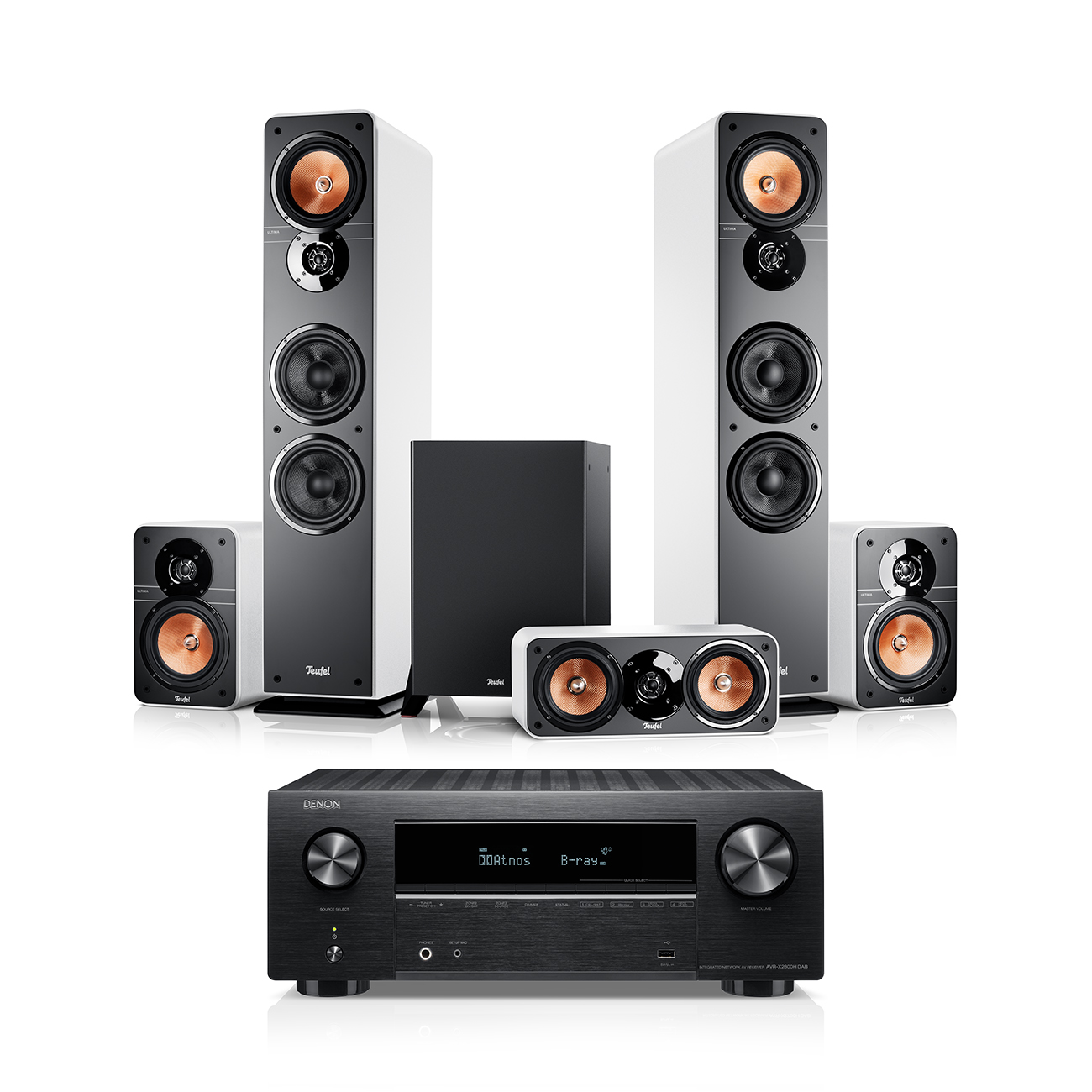
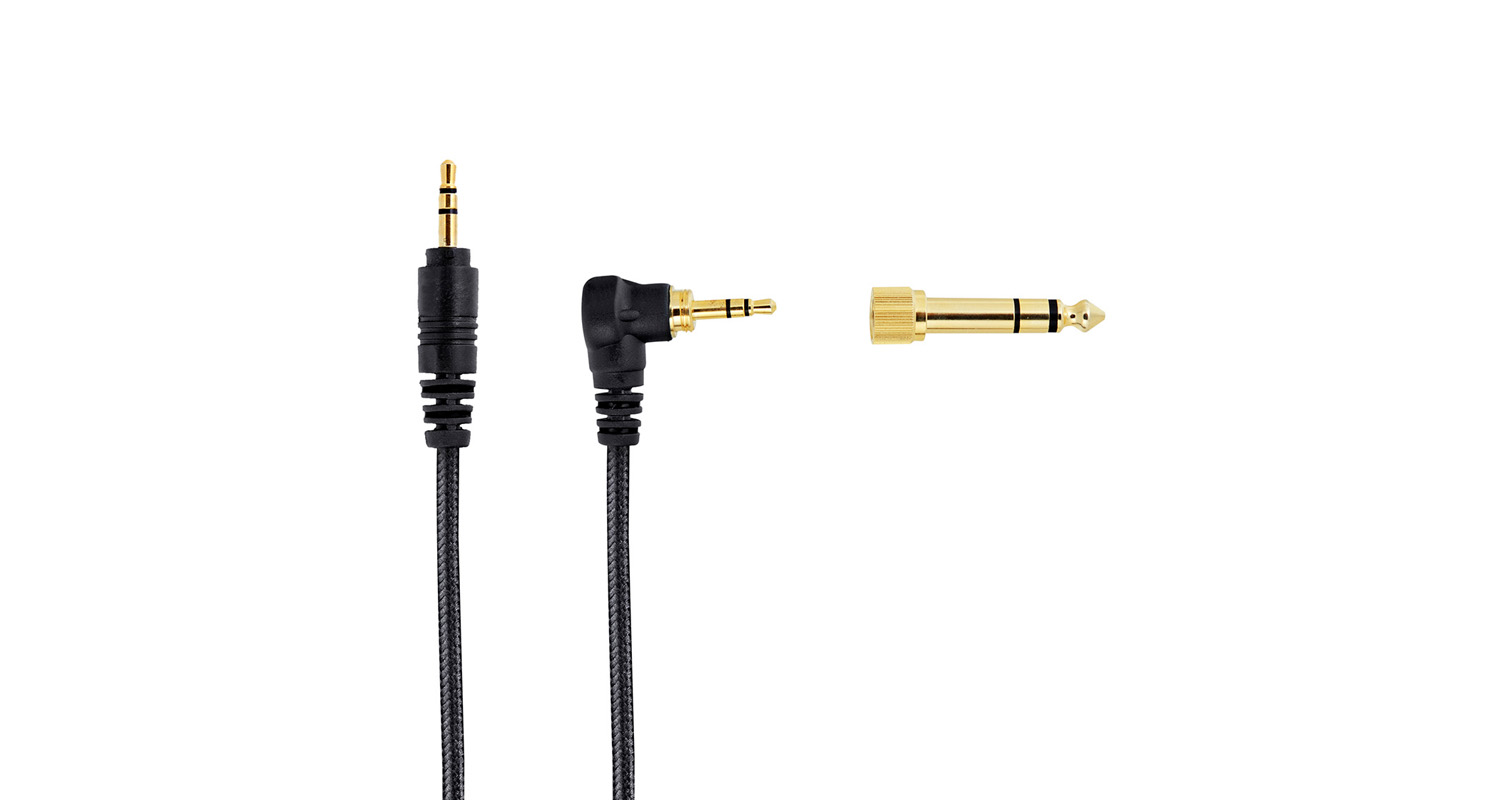


3 responses to “What is a speaker crossover?”
I really hope that nobody puts crossover that close to the magnet of the driver like on the picture above. :D :D
This article was really helpful. Thanks
Glad it helped you out!